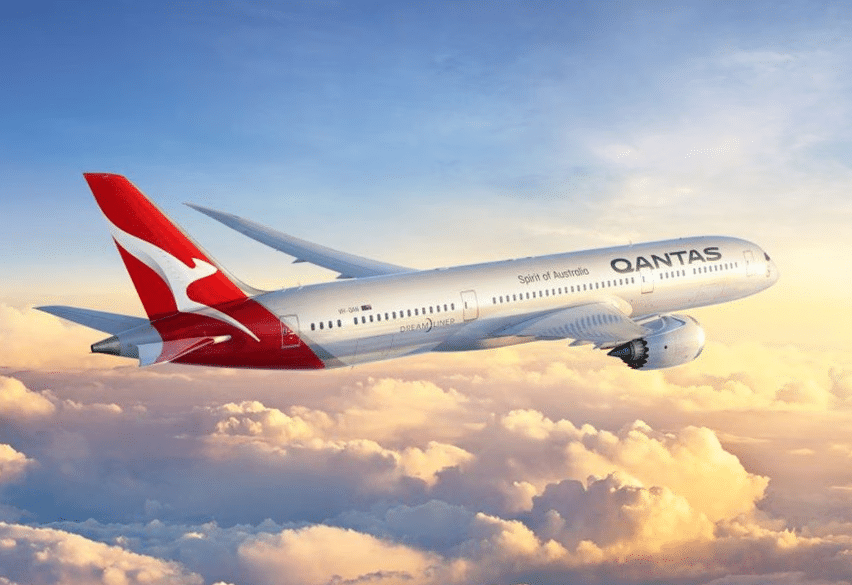Air Djibouti, also known as Red Sea Airlines or the Djibouti National Airline, stands as the flag carrier of the East African nation of Djibouti. Established in 1963, this airline has endured a tumultuous history, ceasing operations in 2002, only to be relaunched in 2015. This comprehensive article delves into the intriguing history, challenges, and recent resurgence of Djibouti’s national airline, Air Djibouti.
History of Djibouti National Airline
Air Djibouti (1963-1970)
Air Djibouti traces its origins to 1963 when it was set up as the “Compagnie Territoriale de Transports Aériens de la Cote Française des Somalis.” Founded by B. Astraud, who envisioned the airline as an economic catalyst for Djibouti, it initially operated a modest fleet comprising a Bristol 170, a De Havilland Dragon Rapide, and two Beechcraft Model 18 aircraft. Their routes encompassed Dikhil, Obock, and Tadjoura.
The addition of a Douglas DC-3 to their fleet led to the expansion of services between Djibouti and various destinations, including Dire Dawa, Aden, Addis Ababa, and Taiz. This success prompted the acquisition of more DC-3s from Air Liban. Air Djibouti also contributed to the nation by transporting mail, personnel for the government, charter flights, and facilitating Hajj flights. The acquisition of an Aérospatiale Alouette III helicopter in 1969 further showcased their commitment to enhancing transportation in the region.
Air Djibouti-Red Sea Airlines (1971-2002)
In 1971, Air Djibouti transformed into Air Djibouti-Red Sea Airlines after Air Somalie took over the former airline. The Djiboutian government increased its stake to 62.5% following Djibouti’s independence in 1977, with Air France holding 32.29%, and private investors contributing the remainder. The airline operated domestic routes and international flights, serving destinations such as Aden, Hodeida, Taiz, Addis Ababa, Cairo, and Jeddah in collaboration with Air France.
The airline weathered numerous changes, with its fleet evolving to include DC-9-30s and Twin Otters. However, operations ceased in 1991, marking a challenging period for Air Djibouti.
The carrier made a resurgence in 1997, recommencing operations in 1998 with a leased Airbus A310-200 from Kuwait Airways. This allowed Air Djibouti to expand its international network to cities such as Addis Ababa, Asmara, Cairo, Dubai, Jeddah, and Nairobi. Unfortunately, operations halted once again in 2002.
Relaunching Djibouti National Airline
The phoenix-like revival of Air Djibouti began in late 2015 and 2016 under the leadership of Chairman Aboubaker Omar Hadi and CEO Mario Fulgoni, with support from Cardiff Aviation based in South Wales. This revival started with the launch of cargo services using a Boeing 737 freighter, aligning with Djibouti’s ambition to become a regional logistics and commercial hub in East Africa.
In August 2016, Air Djibouti reintroduced passenger services with the Boeing 737-400, followed by plans to introduce two British Aerospace 146-300 aircraft. This marked a significant step towards revitalizing the airline’s presence in the region.
Djibouti National Airline: Destinations
As of December 2019, Air Djibouti serves key destinations, positioning Djibouti as a strategic hub for regional trade and travel. These destinations include:
- Djibouti City, Djibouti – Djibouti-Ambouli International Airport (Hub)
- Addis Ababa, Ethiopia – Addis Ababa Bole International Airport
- Dire Dawa, Ethiopia – Dire Dawa International Airport
- Mogadishu, Somalia – Aden Adde International Airport
- Hargeisa, Somalia – Hargeisa Airport
- Aden, Yemen – Aden International Airport
Fleet
In its renewed phase, Air Djibouti initially operated with a wet-leased Fokker 27 in 2015 and later added a Boeing 737-400 from Cardiff Aviation in 2016. Additionally, the airline entered into a wet-lease arrangement for a BAe 146-300. However, by September 2017, all three aircraft had been returned to their lessors.
In its historic phase, the airline operated a variety of aircraft, including Douglas DC-3s, a Beechcraft Model 18, a Beechcraft Musketeer, and a Douglas DC-6, among others.
Accidents and Incidents
Throughout its history, Air Djibouti faced several challenging incidents, including a ditching of a Douglas C-47 in 1969, a tragic shooting incident in 1977, and an interception by fighter aircraft in 1986.
Conclusion
The story of Air Djibouti is one of resilience and determination. From its humble beginnings in the early 1960s to its rebirth in the 21st century, the airline has played a pivotal role in connecting Djibouti to the world. Its revival in 2015 and subsequent expansion demonstrates Djibouti’s commitment to becoming a regional hub for trade and transportation.
As Djibouti continues to invest in its national airline, Air Djibouti, the future looks promising for this carrier, which has come a long way since its inception in 1963.
Djibouti National Airline: FAQs
- What is Air Djibouti’s history? Air Djibouti, originally founded in 1963, has a rich history marked by periods of operation and cessation. It was relaunched in 2015 with a focus on cargo and passenger services.
- What destinations does Air Djibouti serve? As of December 2019, Air Djibouti serves Djibouti City, Addis Ababa, Dire Dawa, Mogadishu, Hargeisa, and Aden, positioning Djibouti as a regional logistics and commercial hub.
- What is the current fleet of Air Djibouti? Air Djibouti initially operated a Fokker 27 and a Boeing 737-400, but these aircraft were later returned to their lessors. The airline has a history of operating various aircraft models.
- What challenges has Air Djibouti faced over the years? Air Djibouti has faced challenges such as operational interruptions, financial difficulties, and historical incidents, including accidents and security issues.
References
“Air Djibouti” on Wikipedia: https://en.wikipedia.org/wiki/Air_Djibouti
- “Air Djibouti: Djibouti’s National Airline” on Airline History: https://www.airlinehistory.co.uk/airline/air-djibouti/
- “Air Djibouti History” on Aviation Safety Network: https://aviation-safety.net/database/operator/airline.php?var=8250
- “Djibouti seeks to become regional hub for trade” on Africa Renewal: https://www.un.org/africarenewal/magazine/april-2017/djibouti-seeks-become-regional-hub-trade
Featured Image Credits: WebCheckin.Info

